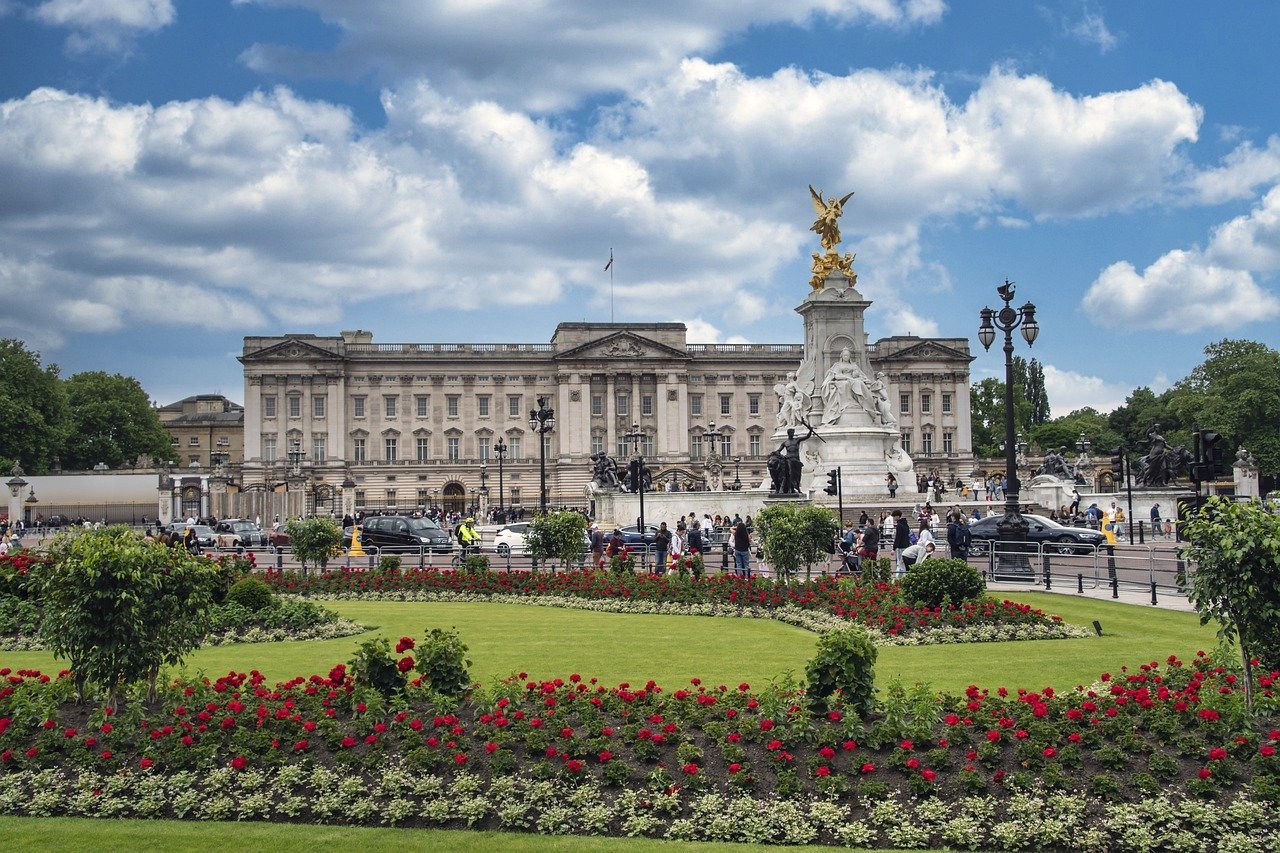India is a land of diverse cultures, languages, traditions, and landscapes, making it a magnet for travelers from around the world. Each region boasts its unique attractions, from architectural wonders to natural beauty, offering visitors a glimpse into the country’s rich heritage. Let’s explore the Top 5 Tourist Places in India for 2024, each of which captures the essence of this vibrant country:

Top 5 Tourist Places in India for 2024
1. Taj Mahal, Agra (Uttar Pradesh)
2. Jaipur, Rajasthan
3. Goa
4. Kerala – Backwaters and Hill Stations
5. Varanasi, Uttar Pradesh
These destinations provide an unforgettable experience of India’s historical grandeur, cultural richness, and natural splendor, making them must-visit places for any traveler exploring this incredible country.
1. Taj Mahal, Agra (Uttar Pradesh)
The Taj Mahal, built by Mughal Emperor Shah Jahan in memory of his wife Mumtaz Mahal, is a white marble mausoleum and a UNESCO World Heritage Site. Its harmonious blend of Persian, Islamic, and Indian architecture, with intricate marble inlay and symmetrical gardens, makes it a must-see destination. The reflection of the monument in surrounding pools, especially at sunrise and sunset, adds to its ethereal beauty.
Best Time to Visit: The best time to visit the Taj Mahal is from October to March, when the weather is cooler and more pleasant. The monument is particularly stunning at sunrise and sunset, offering fewer crowds and magical lighting. For a unique experience, visit during the full moon for night viewing.
How to Reach– By Air: The nearest major airport is Indira Gandhi International Airport (Delhi), about 230 km from Agra. By Train: Agra is well-connected by trains, with Agra Cantt and Agra Fort being the main stations. Trains from Delhi take about 2-3 hours. By Road: The Yamuna Expressway connects Agra to Delhi, making a 3-4 hour road trip convenient.
Beyond the Taj Mahal: Agra also offers two other UNESCO World Heritage Sites: the Agra Fort, a magnificent red sandstone fort near the Taj, and Fatehpur Sikri, the former capital of Emperor Akbar, just 40 km away. These sites enrich the Mughal history experience in Agra.
A visit to the Taj Mahal is an unforgettable experience, offering stunning architecture, a timeless love story, and a journey into India’s rich Mughal history. With easy access and nearby attractions like the Agra Fort and Fatehpur Sikri, Agra promises a memorable exploration of India’s cultural heritage.
2. Jaipur, Rajasthan
Jaipur is renowned for its grand forts and palaces, with the Amber Fort being a major highlight. Situated on a hilltop, this majestic fort features intricate marble and red sandstone architecture, with a breathtaking view of the surrounding landscape. The City Palace in the heart of Jaipur showcases a fusion of Mughal and Rajput styles and houses a museum displaying royal artifacts. The Hawa Mahal, or Palace of Winds, with its honeycomb structure of windows, is another iconic landmark offering stunning city views.
Jaipur’s old city streets are lively and colorful, filled with bustling markets selling handicrafts, textiles, and jewelry, making it a shopper’s paradise.
Best Time to Visit: The ideal time to visit Jaipur is between October and March, when the weather is cooler and suitable for sightseeing. The annual Jaipur Literature Festival in January also attracts visitors from around the world. Visiting the forts early in the morning or late afternoon is best to avoid the heat and enjoy the scenic beauty at sunset.
How to Reach- By Air: Jaipur has an international airport, Jaipur International Airport, which connects to major Indian and international cities. By Train: Jaipur is well-connected by rail, with Jaipur Junction being the main station. Trains from Delhi and other major cities are frequent. By Road: Jaipur is easily accessible by road, with Delhi-Jaipur Expressway offering a 5-6 hour drive. Buses and taxis are also available.
Beyond Jaipur: Nearby attractions include Nahargarh Fort, with panoramic views of Jaipur, and Jal Mahal, a palace in the middle of Man Sagar Lake. A day trip to Pushkar or Ajmer adds to the experience, offering more historical and spiritual sights.
Jaipur is a treasure trove of royal palaces, magnificent forts, and bustling markets. Its combination of historic architecture, vibrant culture, and easy accessibility make it a must-visit destination in Rajasthan. With attractions like the Amber Fort, City Palace, and Hawa Mahal, Jaipur promises an enriching journey through India’s royal past.
3. Goa
Goa’s beaches are its most famous attractions, with Baga, Calangute, Anjuna, and Palolem among the most popular. These beaches offer golden sands, clear waters, and a range of activities including water sports, beachside shacks serving delicious seafood, and lively nightlife with beach parties and clubs.
Beyond the beaches, Goa’s Portuguese colonial influence is evident in its architecture. The Basilica of Bom Jesus, a UNESCO World Heritage Site, houses the remains of St. Francis Xavier and is a major religious and cultural site. The Se Cathedral and Church of St. Cajetan are other examples of stunning baroque architecture in Old Goa.
Goa is also famous for its spice plantations, where visitors can take tours and learn about local agriculture. Additionally, Goa’s vibrant markets, such as the Anjuna Flea Market and Mapusa Market, offer a great shopping experience for local handicrafts, jewelry, and souvenirs.
Best Time to Visit: The best time to visit Goa is during the winter season, from November to February, when the weather is pleasant and ideal for beach activities. This is also the time for Goa’s famous festivals, including Carnival in February and Christmas and New Year celebrations, which are renowned for their festive spirit and beach parties.
How to Reach- By Air: Goa International Airport (Dabolim Airport) is well-connected to major cities in India and international destinations. By Train: Goa’s main railway stations, Madgaon and Vasco da Gama, connect it to cities like Mumbai, Bangalore, and Delhi. By Road: Goa is accessible via road from nearby cities like Mumbai (around 10-12 hours) and Pune. Regular bus services and private taxis are available.
Beyond Goa:- While Goa’s beaches are its prime attraction, nearby areas like Dudhsagar Falls and the wildlife sanctuaries such as Bhagwan Mahavir Wildlife Sanctuary offer opportunities for nature exploration and trekking. The laid-back village life in South Goa also provides a quieter alternative to the bustling northern beaches.


